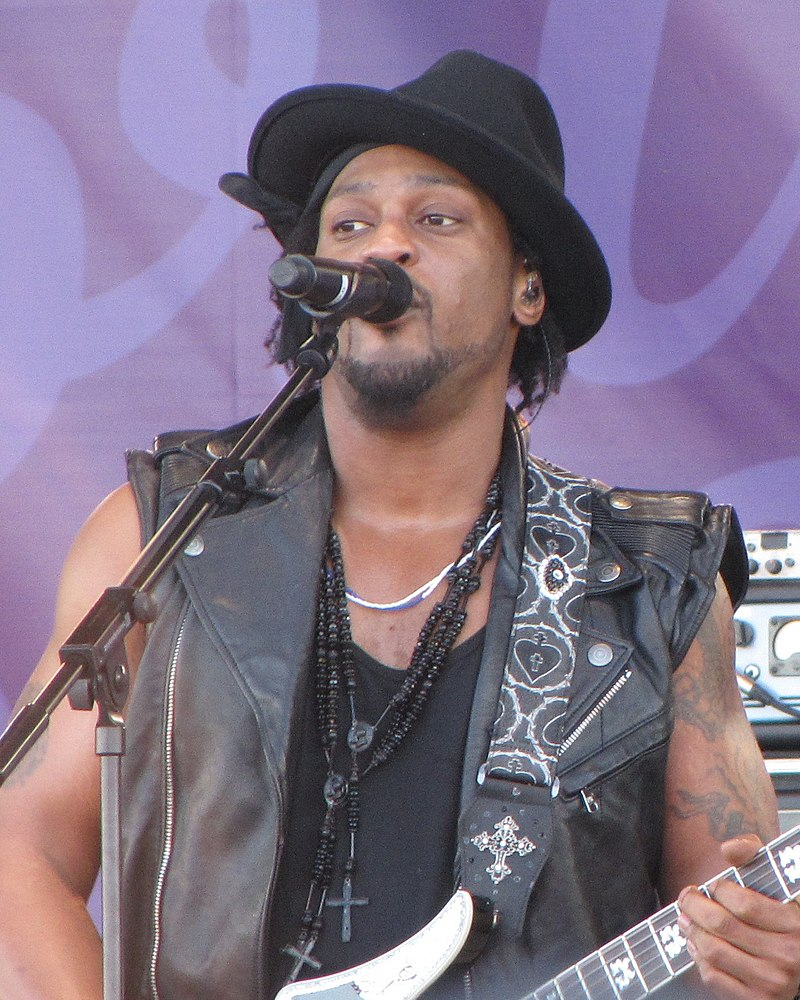
The sudden death of D’Angelo at the age of 51 shocked the music world, but his life is more than a series of albums and awards it’s a richly textured, complicated ride into the center of neo-soul, the thrilling intensity of the Soulquarians, and the intense pressures of being a mastermind. His canon of work not only formalized a genre but instigated generations of creatives to blend vulnerability, grooves, and ageless musicianship in a structure that continues to shake through R&B today.
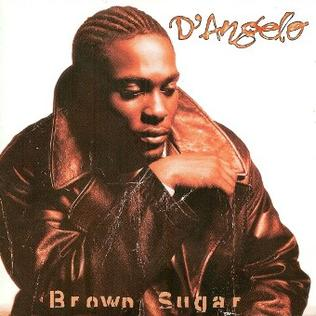
1. A Neo-Soul Pioneer Who Transformed R&B
When “Brown Sugar” was released in 1995, it wasn’t merely an R&B album it was a blueprint. D’Angelo mixed gospel warmth, funk swagger, and hip-hop grit into music that was timeless yet clearly revolutionary. Singles such as “Lady” and “Cruisin'” had the closeness of prayer but cruised beats strong enough to fill a dance club. This breakout album sold records, certainly, but sparked the fuse to the mid-’90s neo-soul boom and set the stage for Maxwell, Erykah Badu, Jill Scott, and the others.
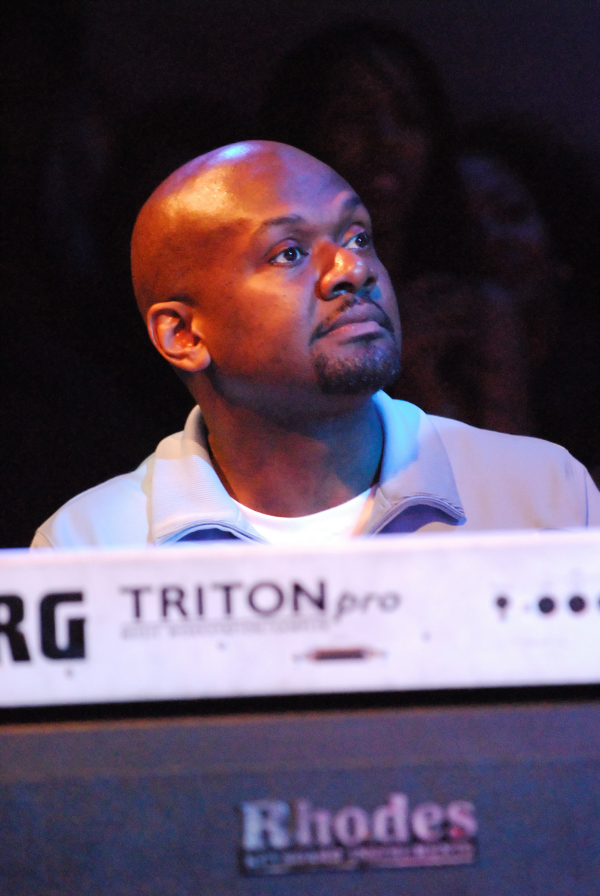
2. The Soulquarians and Electric Lady Magic
By the late ’90s, D’Angelo had found his producer’s crew with the Soulquarians a band of Questlove, J Dilla, James Poyser, Roy Hargrove, and Common. Their base? Electric Lady Studios, Jimi Hendrix’s pad. Questlove describes the sessions as “a spaceship inside of a spaceship,” powered by vintage equipment such as Stevie Wonder’s clavinet from “Superstition” and a 1968 Ludwig drum set. They’d sit and spend hours observing hours of Prince and Sly Stone live concert footage, then re-create the high in marathon jams. That outcome was “Voodoo,” an album that pushed R&B to psychedelic, previously uncharted territory.
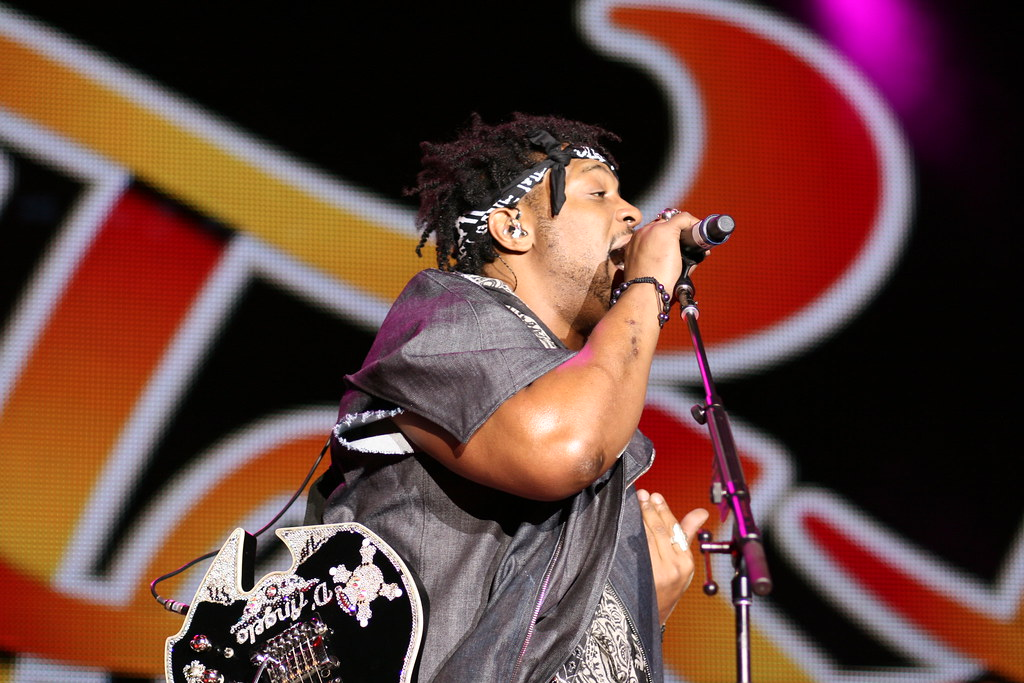
3. ‘Untitled (How Does It Feel)’ Art and Aftermath
The second “Voodoo” single, “Untitled (How Does It Feel),” was an instant hit, and it took the Best Male R&B Vocal Performance award at the Grammys. Its video, filmed in a single take showing D’Angelo shirtless, was intended as a tribute to Prince’s artistic sensuality. But the sex-symbol photograph wasn’t free. In Questlove’s opinion, “The audience’s focus on appearance rather than the art frustrated him.” The relentless objectification took away from him his self-esteem, and The constant calls for him to expose himself distracted from the music he worked so hard to perfect.
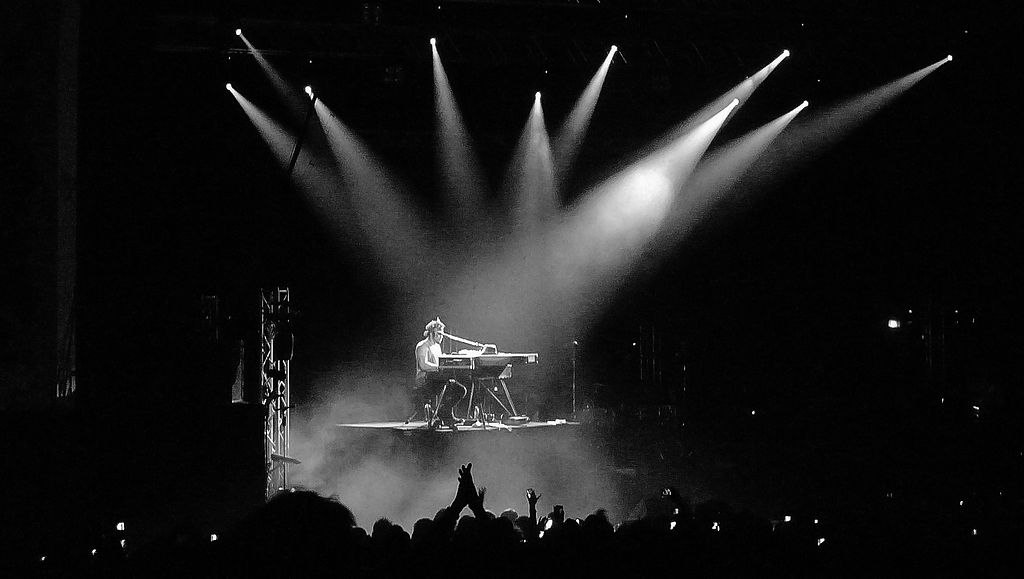
4. The Burden of Black Genius
In Questlove’s documentary “Sly Lives!,” D’Angelo provides an honest account of the burden of expectation. “We as black people we always gotta be three-four-five steps ahead of everybody else in order just to break even,” he explains. Questlove continues, “Guilt is probably the number one feeling.” For D’Angelo, being “chosen” had been a paradox honored for his ability but ensnared in a path he did not choose, bound with cultural obligation yet beset by personal vice.
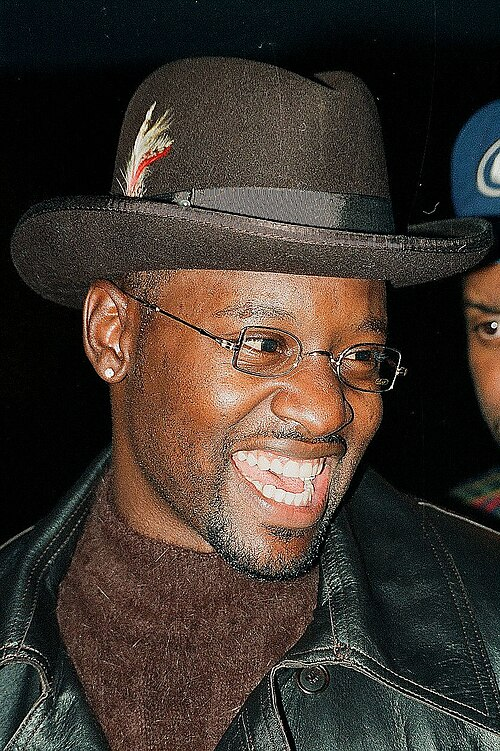
5. The Apollo Theater Connection
D’Angelo’s connection to the legendary Apollo Theater in Harlem was a circle-of-life tale. He took Amateur Night there at age 16 performing Johnny Gill’s “Rub You the Right Way.” A decade-plus later, in 2015, he came back to kick off the “Black Messiah” tour, commanding the stage with the same swagger but mature artistry. The Apollo legacy of crafting R&B icons of James Brown to Lauryn Hill was part of his story, cementing his own position as one of theirs.
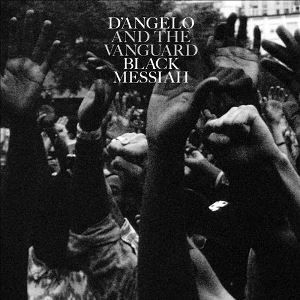
6. ‘Black Messiah’ and the Social Pulse
The almost 15-year lapse between “Voodoo” and “Black Messiah” was more more than iterative years of side ventures and features. It was a statement, a call to arms. Trailing behind in the face of outrage over police brutality and released early, it was a live band album of incendiary vocals with scorching playing. Cuts such as “Really Love” garnered Grammys, but the grooves retained reminders of J Dilla’s unorthodox rhythms. D’Angelo defined the project as civic and intimate: “I gotta participate.”
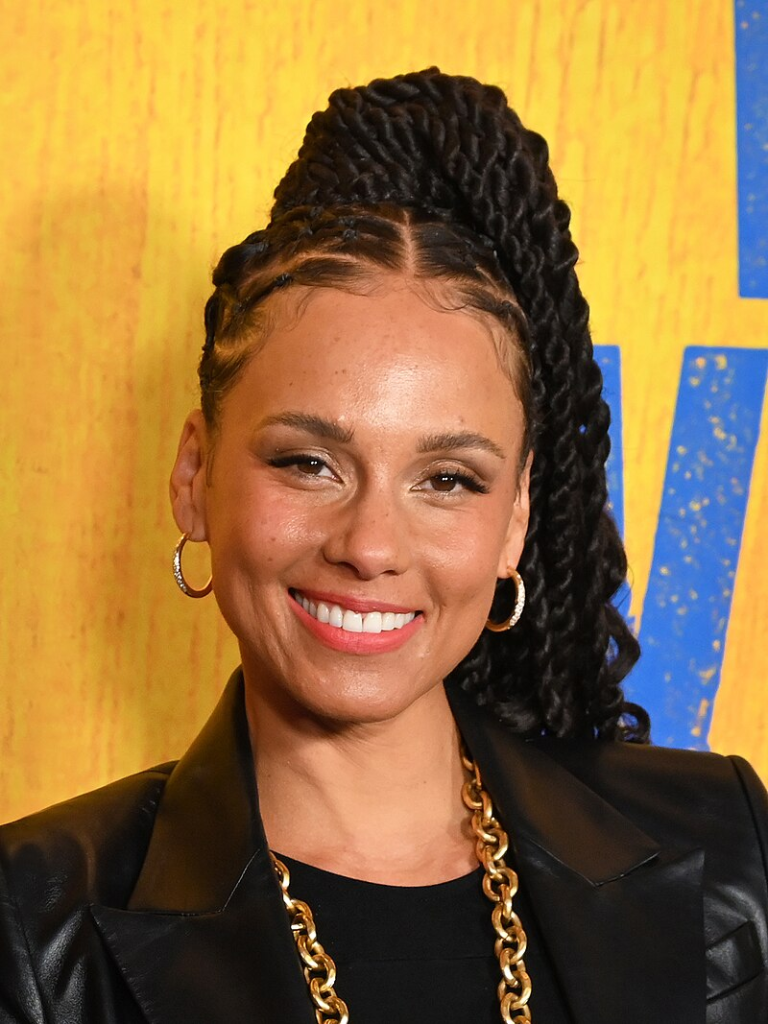
7. Influence Across Generations
Alicia Keys and Anderson Paak are only two of the many who have been inspired by the blend of vulnerability and groove that D’Angelo innovated. His work on records with Raphael Saadiq, Lauryn Hill, and Common continued the agenda of neo-soul, and his perfectionism raised the bar for musicality. Even his meager discography was a masterclass in quality over quantity.
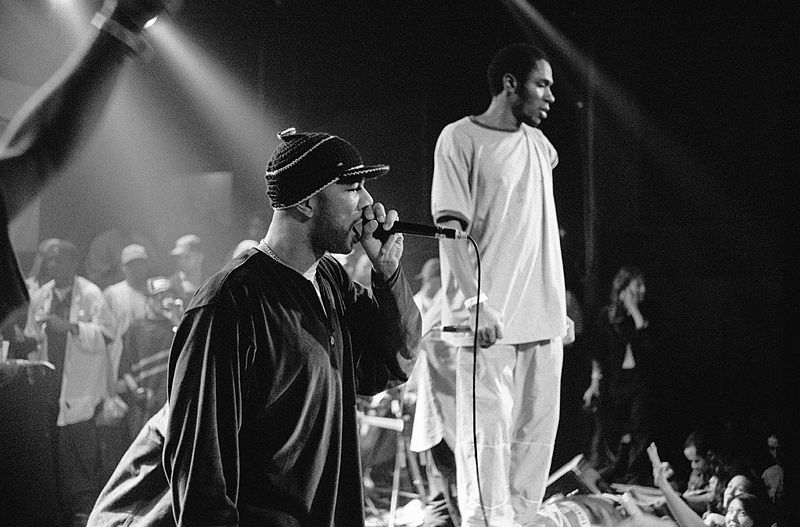
8. The Soulquarian Legacy Beyond D’Angelo
The Soulquarians’ stay at Electric Lady was not to record quite so but to redefine the musical terrain of new Black sound. Common’s “Like Water for Chocolate” and Badu’s “Mama’s Gun” came out of the same sessions, infused with the collective’s psychedelic, earthy sensibility. “Even the scraps off the table were better than anything out there,” Questlove said.
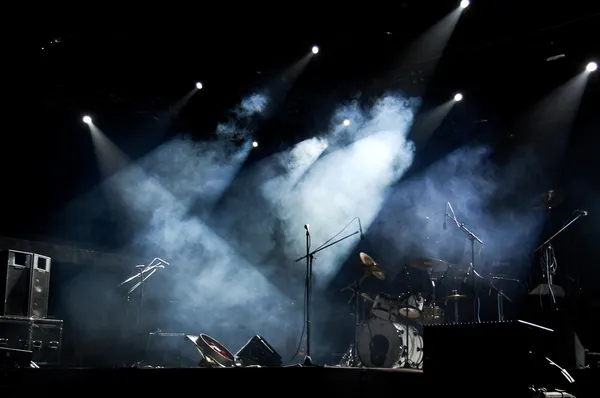
9. Coping with Industry Bias
D’Angelo’s success came in an era that tends to overgeneralize Black artists with descriptors. Systemic genre bias claims that Black artists get shut off from mainstream consideration except through “expected” music genres. D’Angelo defied classification as “neo-soul,” saying, “I make Black music.” Not playing by the book, he left room for other artists to be free without forsaking their heritage.
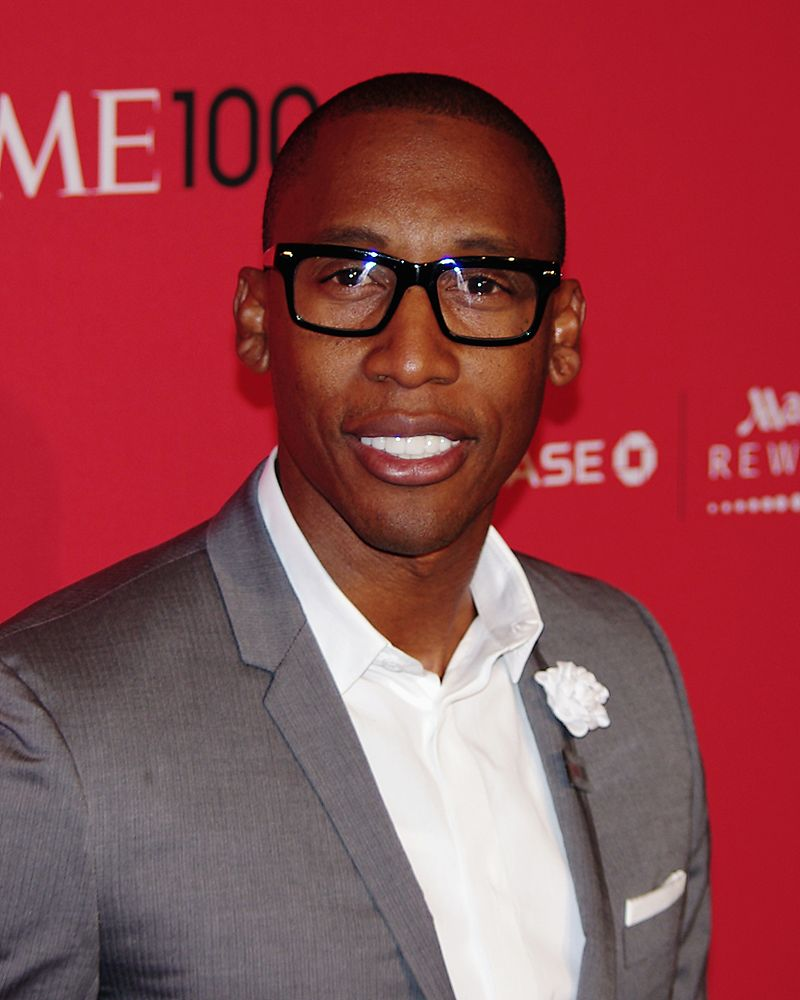
10. Final Years and Partially Completed Work In his final years
D’Angelo lived in the background, periodically emerging for the likes of the 2021 Verzuz set at the Apollo and a cameo on “I Want You Forever” with Jay-Z in 2024. Upon death, he was said to have been collaborating on new music with Raphael Saadiq a promise that, even out of sight, his fire remained ablaze. D’Angelo’s existence was a work of art of luminosity and refinement a musician who contributed to the world not simply songs, but a sound, a phenomenon, and a standard of soul music that will be felt decades from now. His legacy is not only in the music he put down, but in the hundreds and thousands of artists now enabled to amalgamate tradition and daring innovation.


